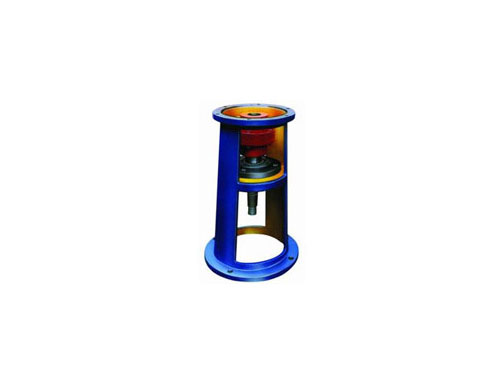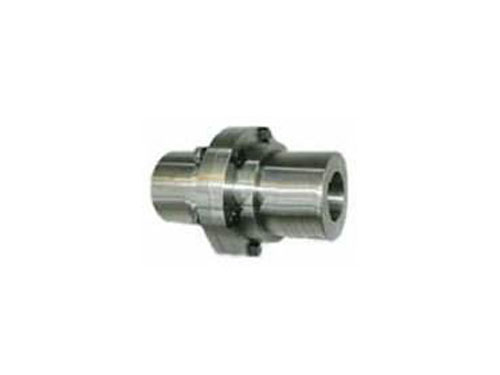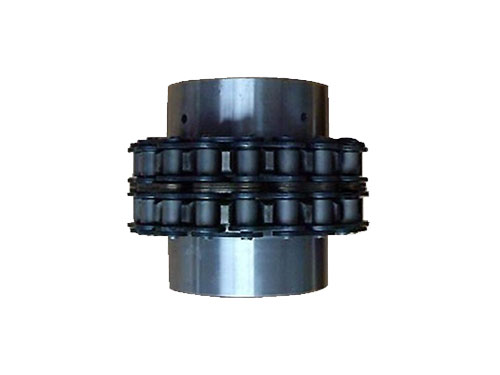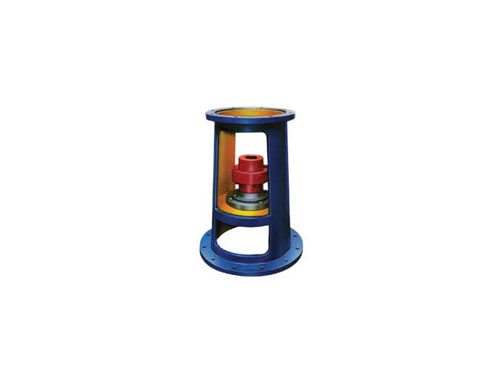 JB type HG5-251-79 standard frameThe selection of JB type HG5-251-79 standard frame, the original...
JB type HG5-251-79 standard frameThe selection of JB type HG5-251-79 standard frame, the original... YLD type flange couplingYL type flange coupling can be made of gray cast iron or carbon...
YLD type flange couplingYL type flange coupling can be made of gray cast iron or carbon... FZ type double fulcrum square bottom plate rackFZ type double fulcrum square bottom plate rack series is suitable for...
FZ type double fulcrum square bottom plate rackFZ type double fulcrum square bottom plate rack series is suitable for... GLF roller chain couplingGLF roller chain coupling is suitable for hydraulic machinery...
GLF roller chain couplingGLF roller chain coupling is suitable for hydraulic machinery... JXLD frame (74 standard)The JXLD type of this rack series is suitable for...
JXLD frame (74 standard)The JXLD type of this rack series is suitable for...The working principle of diaphragm coupling and the basic requirements of elastic coupling
The diaphragm coupling is mainly composed of left and right half couplings, diaphragm sets, intermediates, bolts, locknuts, spacers and other parts.Its working principle is: the torque is input from the left half of the coupling, and is transmitted to the diaphragm group through the driving bolt. The diaphragm group transmits the torque to the intermediate body through the driven bolt, and the same torque passes through the diaphragm group at the other end. , Bolts and right half coupling output.
Commonly used structures of diaphragms are spoke type, ring type, connecting rod type, polygon type, and waist type.Spoke type and connecting rod type are the early forms. The ring type is relatively simple, but the flexibility is poor. At present, the polygon type and the waist type are commonly used.Especially the beam waist type is close to equal strength, good flexibility, low stress around the bolt hole, small centrifugal force, remove excess mass, and increase the speed.According to on-site inspections of enterprises, waist-type diaphragms are mostly used.The thickness of the diaphragm is 0.2-0.6mm, and the diaphragm group is formed by overlapping some number of diaphragms.
Diaphragm couplings have the advantages of both rigid couplings (such as gear couplings) and elastic couplings (such as elastic sleeve pin couplings). Compared with gear couplings:
XNUMX. The ability to adapt to misalignment is large, usually up to ten times that of the tooth type;
XNUMX. The axial thrust is small, only a fraction of the tooth type;
XNUMX. The diaphragm type adapts to the misalignment of the axis by means of the deflection of the element itself, thus avoiding the relative slippage or rolling friction contact of the tooth surface of the gear coupling, so there is no need for lubrication, eliminating the need for complex lubricating oil system;
Fourth, the service life is good.
Rigid coupling and elastic coupling
In wind turbines, rigid couplings and elastic couplings (or universal couplings) are often used.Rigid couplings are commonly used in the connection of two shafts with good alignment, while elastic couplings can provide two shafts with poor alignment. The more important is that the elastic coupling can provide a flexible Link, this link can absorb the extra energy generated by the fluctuation of the shafting and external load.
In wind turbines, a rigid coupling is usually used at the low-speed shaft end (the connection between the main shaft and the gearbox low-speed shaft).Generally, expansion sleeve couplings and pin couplings are used.Use elastic coupling (or universal coupling) at the high-speed shaft end (the connection between the generator and the gearbox high-speed shaft).Generally use tire coupling or ten-byte coupling.
Rigid (expanded sleeve) connection is a new type of transmission connection.In the XNUMXs, industrial countries around the world, such as Germany, Japan, and certain countries, have generally adopted this for mechanical connections under heavy loads.Compared with general interference connection and keyless connection, expansion sleeve connection has many special advantages:
①The manufacturing and installation are simple, and the processing of the shaft and hole for installing the expansion sleeve does not require manufacturing tolerances like interference fit.Installation of the expansion sleeve does not require heating, cooling or pressurizing equipment, just tighten the bolts according to the specified torque.Moreover, it is convenient to adjust, and Lun Yi can be easily adjusted to the desired position on the shaft.
②It has good interchangeability and is easy to disassemble.This is because the expansion sleeve can connect wheels with large fit gaps.Loosen the bolts when disassembling, and the connected parts can be easily disassembled.
③The expansion sleeve connection can bear heavy load.The expansion sleeve structure can be made into a variety of styles. One expansion sleeve is not enough, and multiple expansion sleeves can also be used in series.
④The service life of the expansion sleeve is good.Because it is driven by friction, there is no keyway weakening to the connected parts, and there is no relative movement, and it will not wear out during work.After the expansion sleeve is tightened, the contact surface is tightly attached and not easy to rust.
⑤When the expansion sleeve is overloaded, it can protect the equipment from damage.
The basic requirements for flexible couplings in wind turbines are:
XNUMX. It has sufficient compensation to meet the needs of the displacement of the two axes during work.
XNUMX. The working performance is stable, and the coupling with rubber elastic elements should also have the characteristics of heat resistance and not easy to aging.
XNUMX. Good strength and large carrying capacity.Since the drive shaft system of the wind turbine generator may have instantaneous peak loads, the allowable instantaneous large torque of the coupling is required to be more than three times the allowable long-term torque.
Fourth, the elasticity is good, the damping is large, and it has sufficient vibration damping ability.Reduce the amplitude of shock and vibration to the allowable range.